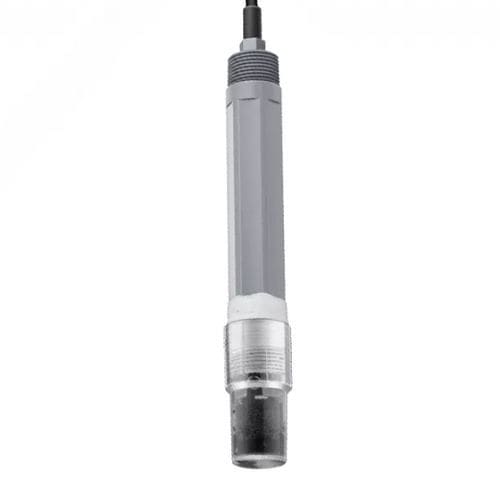SUP-PH5011 pH sensor used in PH measurement is also called primary cell. The primary battery is a system whose function is to convert chemical energy into electrical energy. The voltage of this battery is called electromotive force (EMF). This electromotive force (EMF) consists of two half-cells.
Features
Zero potential point: 7 ± 0.5 pH
Slope: > 95%
Installation size: 3/4NPT
Pressure: 0 ~ 4 Bar at 25 ℃
Temperature: 0 ~ 60℃
Measurement range - 0 ~ 14 pH
Zero potential point - 7 ± 0.5 pH
Slope - > 95%
Internal impedance - 150-250 MΩ(25℃)
Practical response time - < 1 min
Installation size - Upper and Lower 3/4NPT Pipe Thread
NTC - 10 KΩ/2.252KΩ/Pt100/Pt1000
Heat resistance - 0 ~ 60℃ for general cables
Pressure resistance - 0 ~ 4 Bar
Connection - Low-noise cable
Adopt international advanced solid dielectric and large area PTFE liquid junction, no clogging, easy maintenance.
Long distance reference diffusion path, extends electrode life greatly in harsh environments.
Using PPS / PC shell, Up and down 3/4NPT pipe thread, easy installation, no need sheath, saving installation costs.
Electrode is made of high quality low-noise cable, make signal output length greater than 40 meters or more, without interference.
No supplemental dielectric, a little maintenance.
High accuracy, fast response, good repeatability.
With silver ions Ag / AgCL reference electrode.
Proper operation to extend service life
Side or vertically installation to the reaction tank or pipe.




